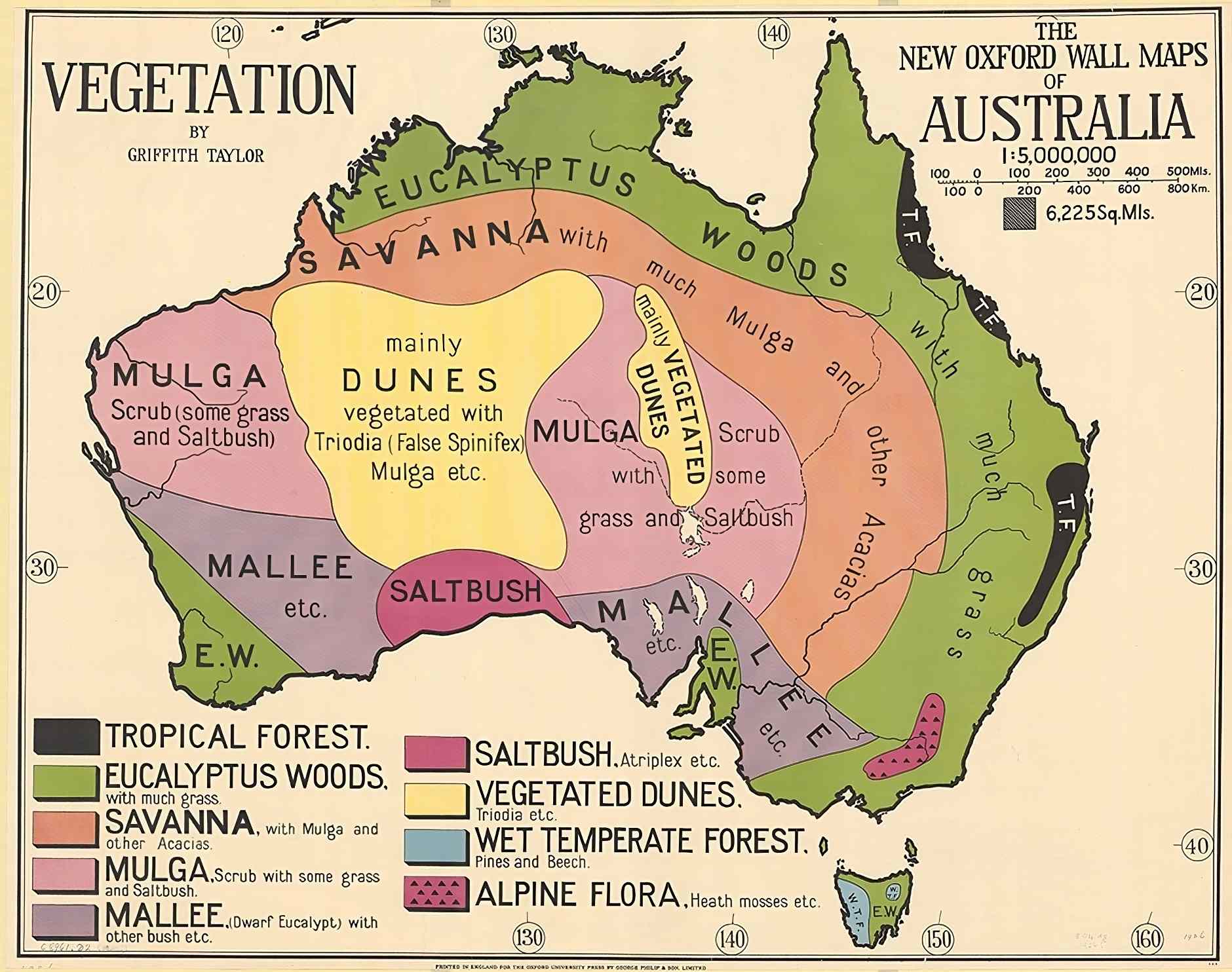We will explore the remarkable plant diversity of Australia and New Zealand. The indigenous Australians were the continent’s earliest plant collectors, gathering numerous plant species for food, medicine, and tools. They developed a profound understanding of the local flora, creating their own distinctive naming system that differed significantly from European systems. Unfortunately, the oral traditions of the Aboriginal people, which started fading with the arrival of outsiders, are only gradually being reclaimed today.
The first recorded individual to introduce Australian plants to other parts of the world was William Dampier. In 1699, he collected specimens of 24 species from Shark Bay and the Dampier Archipelago in Western Australia. Notably, he described a tree (Pittosporum phylliraeoides -angustifolium-), now recognized as the native willow, and mentioned a plant believed to be a Green birdflower (Crotalaria cunninghamii) that grew on shrubs.
How Was the Vegetation of Australia and New Zealand Discovered?
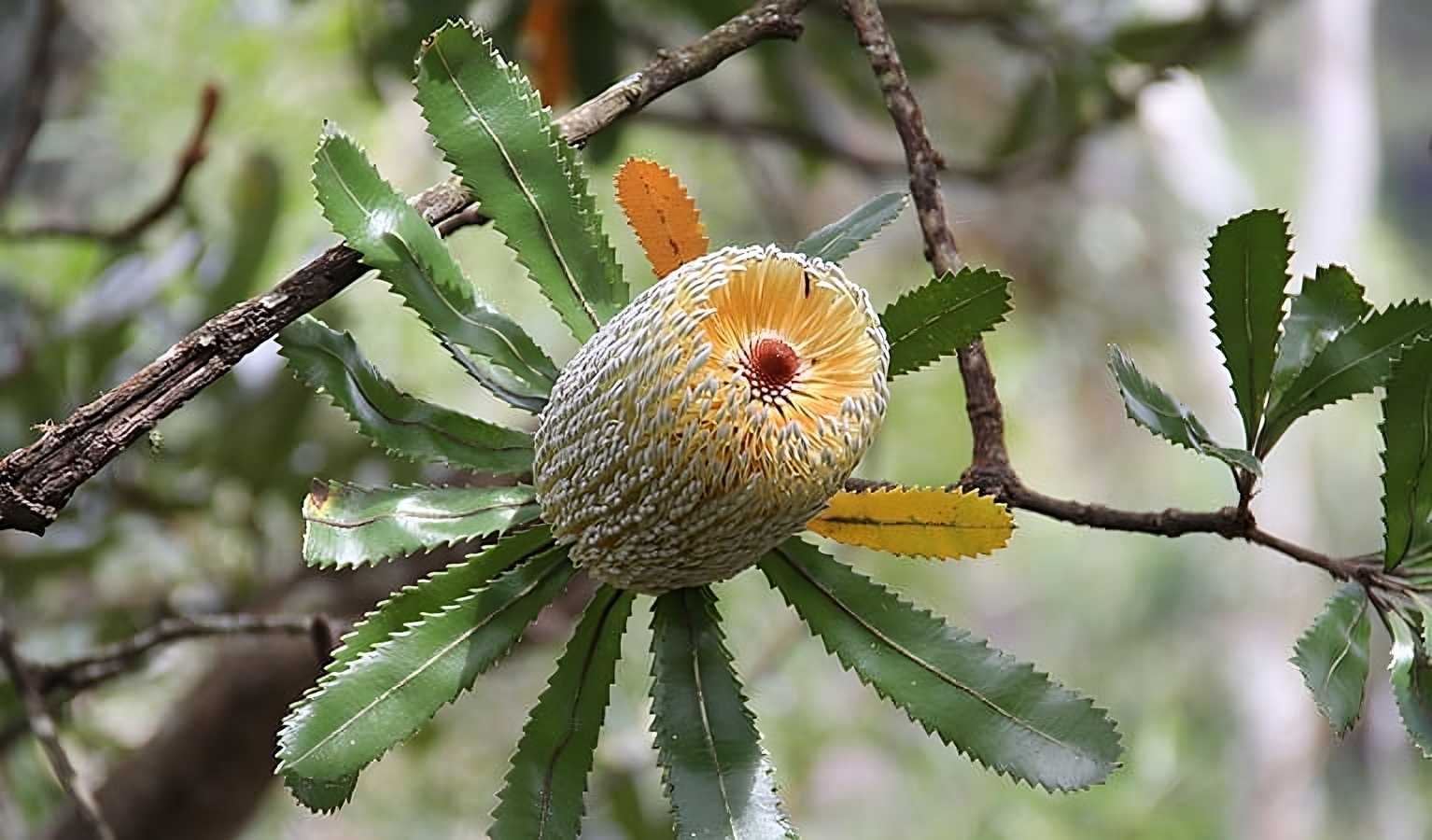
The first extensive collection of Australian flora to reach Europe was assembled by Sir Joseph Banks and Daniel Solander during James Cook’s inaugural circumnavigation of the globe between 1767 and 1771. The expedition followed a route from south to north along the east coast of Australia before circumnavigating New Zealand. Upon encountering an area abundant in diverse plant life, Banks persuaded Cook to name it Botany Bay.
Banks wrote, ‘Our collection of plants is now so vast that extraordinary precautions had to be taken to prevent them from deteriorating among the books in which they were dried.‘ When Sydney was established in 1788, officials Lee and Kennedy proudly showcased five newly discovered Australian species. Among them was Banksia serrata, named after Sir Joseph, who claimed it was the first plant to grow in England from seeds obtained at Botany Bay.
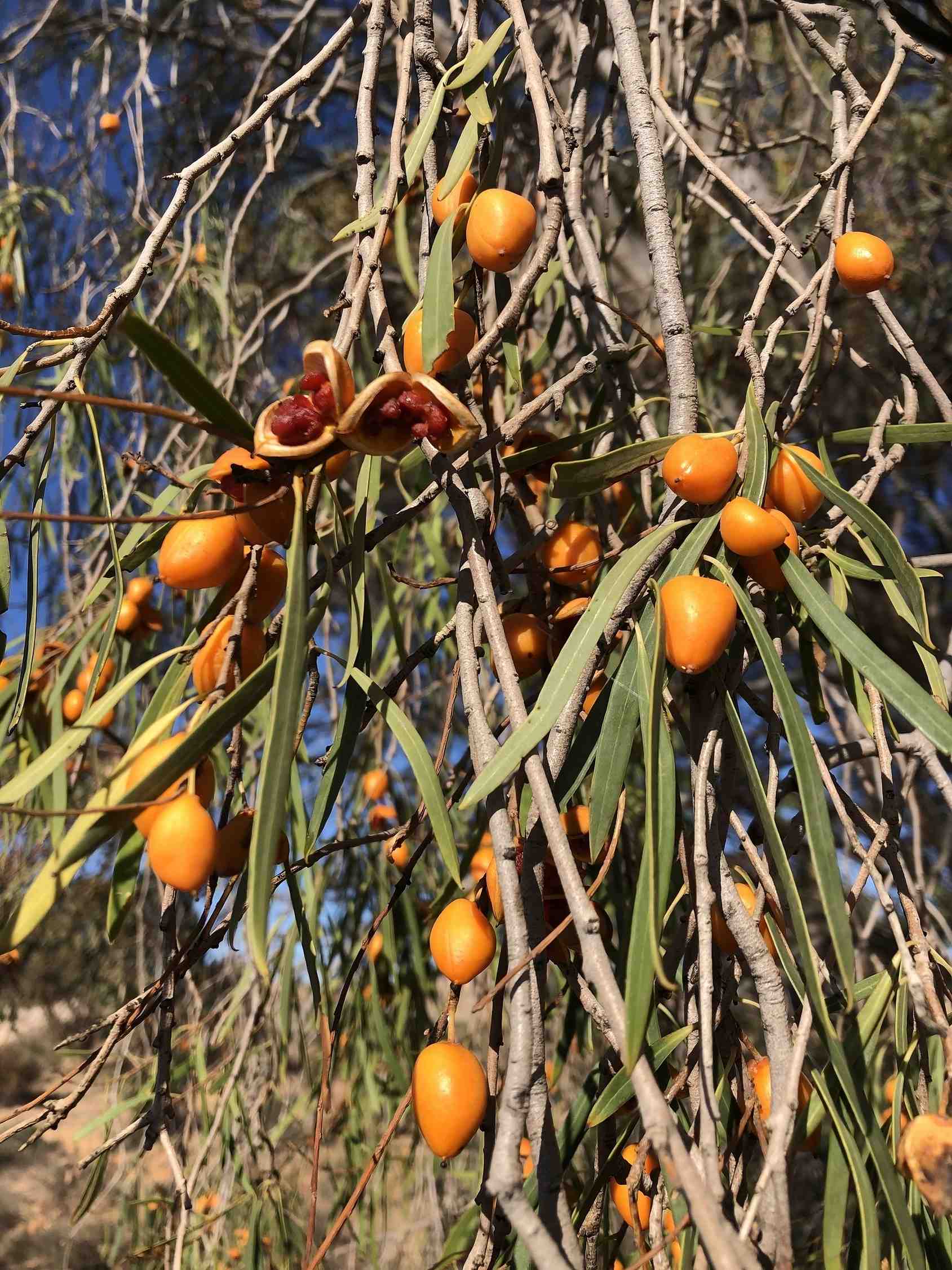
By 1800, Banks had become the President of the Royal Society, and Britain was embroiled in a war with France. Despite the animosity, the Institut National in Paris petitioned Banks ‘to allow your sailors to continue the valuable discoveries they had made during their voyages around the world’ and requested safe passage to Australia for two ships under the command of Nicolas Baudin. Banks recommended granting formal approval for the permit, and the ships set sail in October with eight naturalists, three painters, and five gardeners on board. Shortly after, the British expedition led by military surgeon and botanist Robert Brown and painter Ferdinand Bauer embarked on their journey. The primary objectives of the British expedition were to explore uncharted lands and to closely monitor the activities of the French.
The Adventure of 4000 Plants Taken from Australia by the British
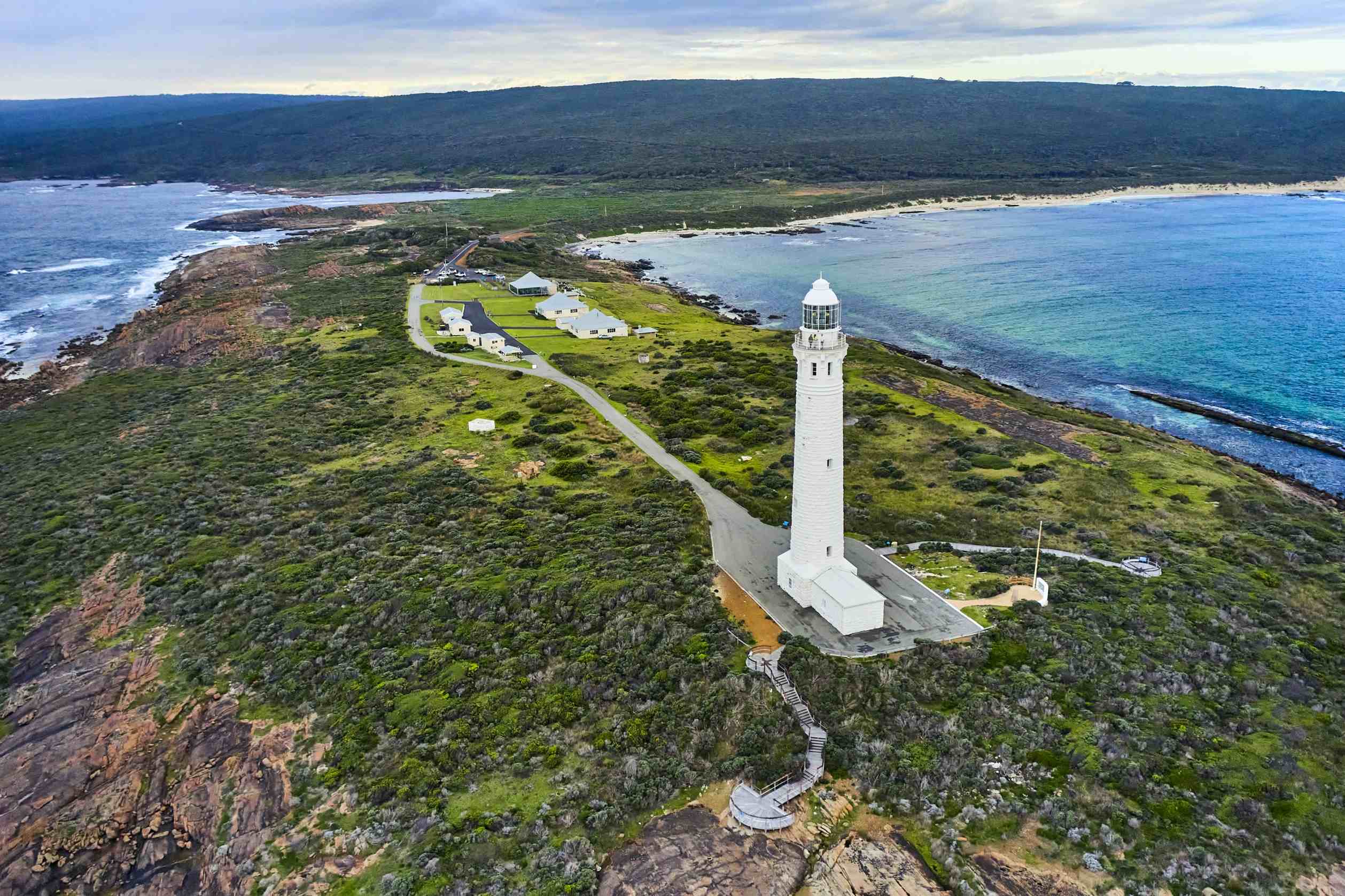
After reaching Cape Leeuwin, the French expedition proceeded north along the west coast of Australia, without retracing their steps or exploring the south coast. In the meantime, Flinders sailed east from Cape Leeuwin, following the south coast. Eventually, the French ship encountered the British vessel and raised the flag of surrender, leading to a ‘reconciliation meeting’ between the two crews. Unfortunately, Baudin passed away before he could return to Europe. Nonetheless, the Museum national d’Histoire naturelle (National Museum of Natural History) in Paris hailed the expedition’s collection as ‘the richest ever.’ On a separate voyage attempting to return to England, Flinders was detained by the French governor in Mauritius for six and a half years. His team, however, managed to return in 1805 with an impressive collection of 4,000 plant species, of which 1,700 were new to science.
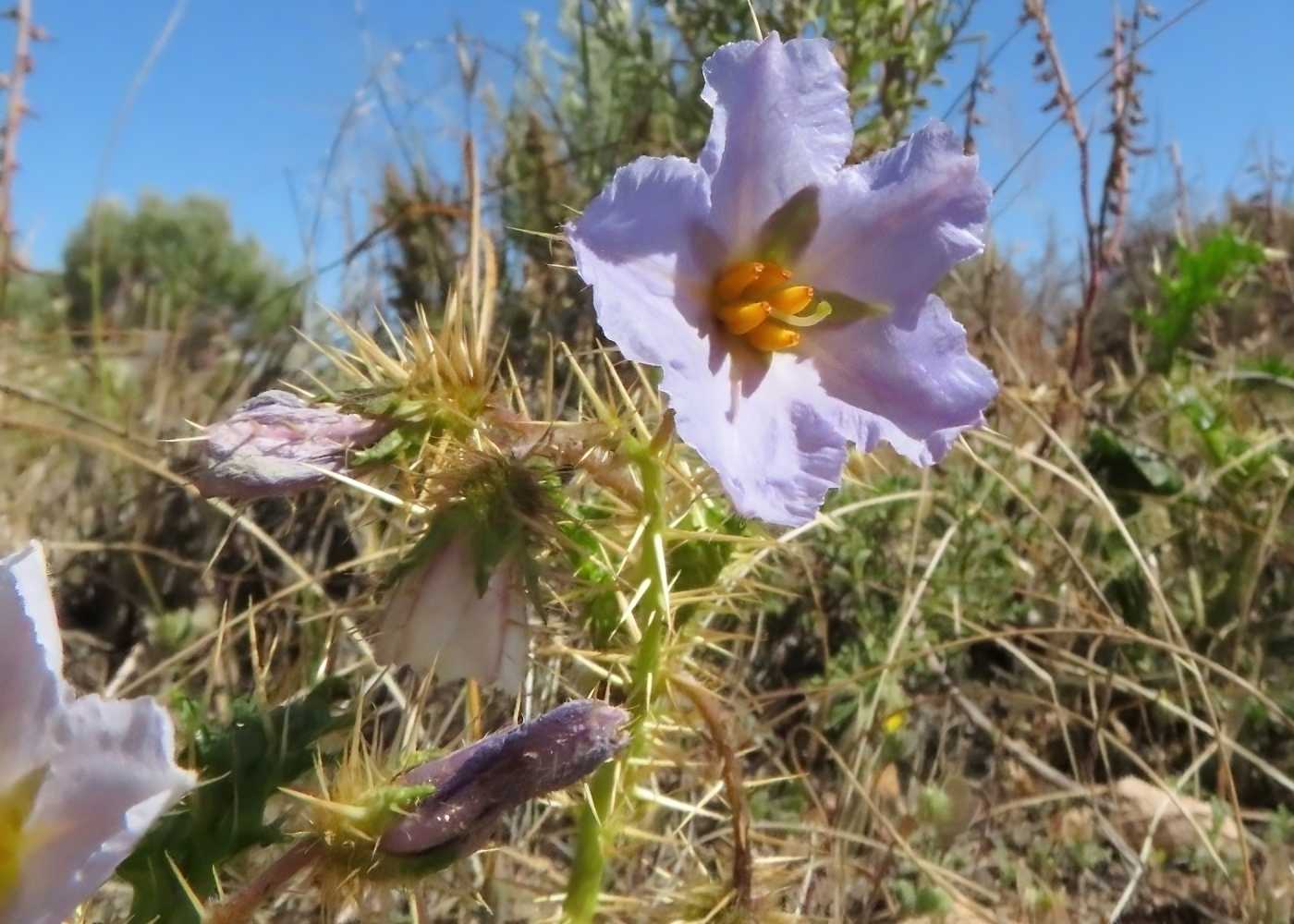
During the expedition, Robert Brown sent seeds of Bossiaea dentata to Kew Gardens and also brought Solanum hystrix (Afghan thistle). Peter Good, a gardener on the same journey, gained recognition for introducing Eremophila glabra (common ostrich wren) to Kew Gardens in 1803. Unfortunately, his achievements were overshadowed by the news of Nelson’s previous victories and death.
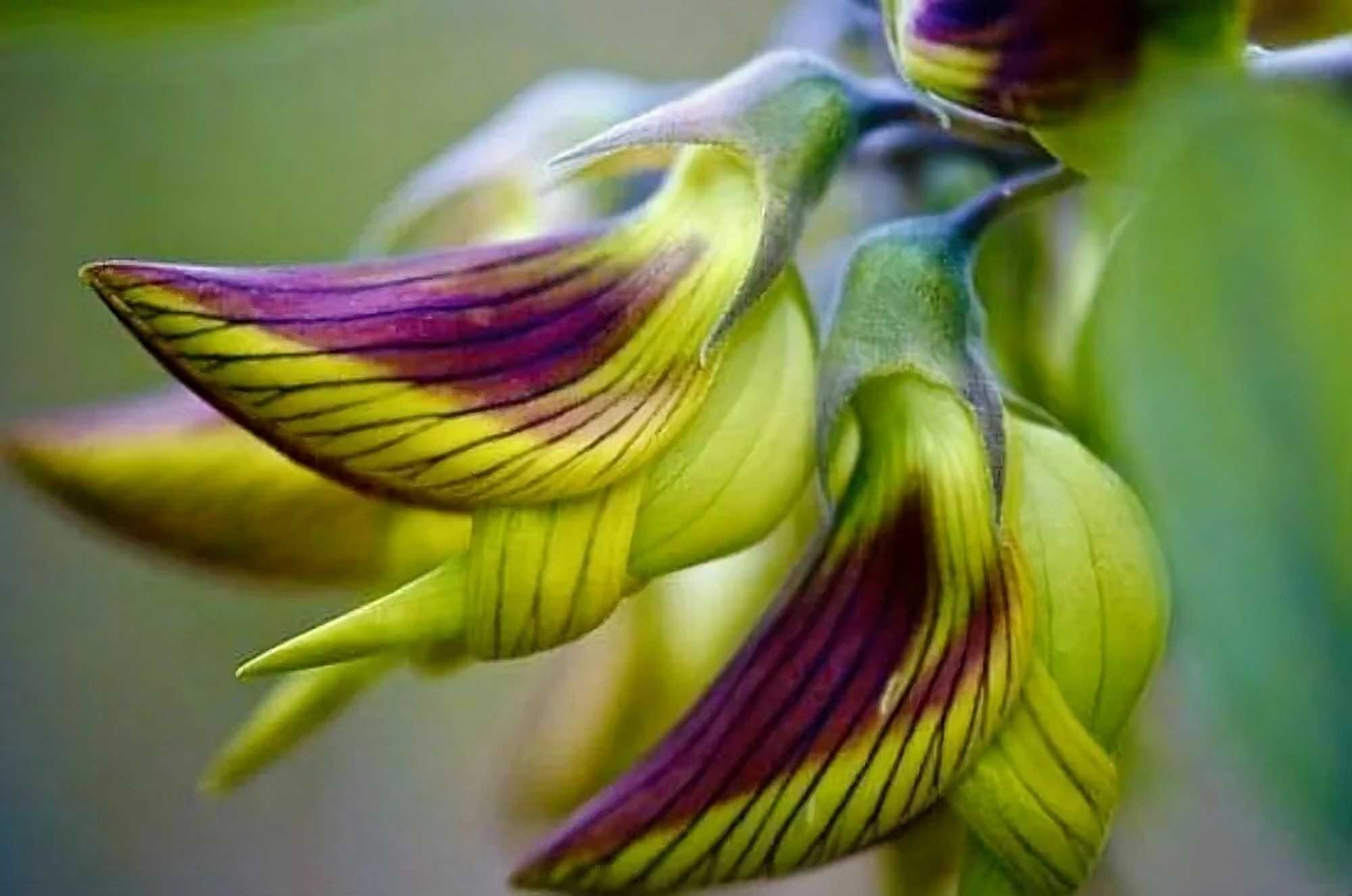
In 1814, William Townsend Aiton, the head gardener at Kew Gardens, wrote to Banks urging him to send another botanist abroad. William Kerr was the last botanist to be sent abroad from Kew, before the hostilities with the French, who had prevented Banks from collecting plants. Concerned at the prospect of Austria creating a superior garden to Kew at Schönbrunn with the signing of the armistice treaty with France, Banks moved to send Allan Cunningham to New South Wales and James Bowie to the Cape of Good Hope via South America. “The plants in both countries are extremely beautiful and easily adapted to the greenhouse, unlike intertropical vegetation, which does not require unnatural heat,” he wrote.
The Long-Sought Orchid
For a span of 15 years, Cunningham embarked on numerous expeditions throughout Australia, driven by his belief that he could effectively combine exploration with botanical research. His journeys took him to various regions, including the tropical forests of the northeast, the mangroves of the north, the arid areas along the west coast, the rainforests of the Illawarra, as well as Timor, Van Diemen’s Land (now Tasmania), and New Zealand. Upon his return to England in 1831, his ship sought refuge in Sydney Harbor to escape a storm. Cunningham went ashore and finally discovered an orchid specimen he had been searching for over the course of 10 years. In total, he collected 1,300 plant species.
In 1837, Cunningham returned to Australia to assume the position of colonial botanist. Following a trip to New Zealand, he contracted tuberculosis. Just before his passing, he uttered the words, ‘I cannot embark on another expedition, nor can I search for any more plants.’ It is known that the exploration of Australia and New Zealand’s botanical richness has led to the loss of many lives.
York Road Poison (Calycinum)
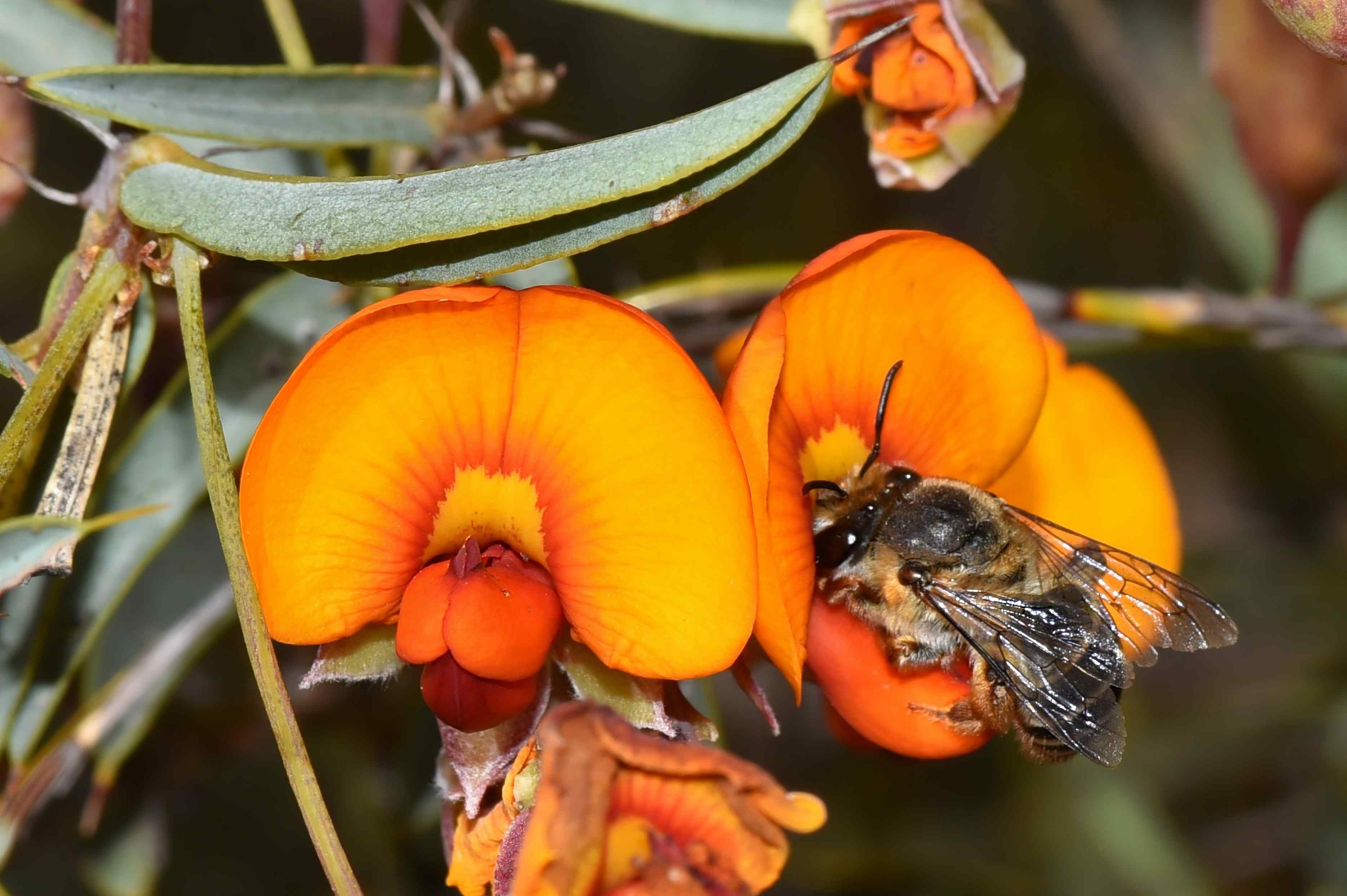
James Drummond, a Scottish botanist, served as the curator of the botanical garden at the Royal Institution of Cork in Ireland before relocating to the nascent Swan River colony in Western Australia in 1829. During his time there, he collected plants for various institutions. In the 1830s and 1840s, a significant number of sheep, goats, and cattle perished under mysterious circumstances, prompting Drummond to investigate the cause.
After a goat consumed the juice of a leguminous plant, it exhibited weakness the following morning and ultimately died. The plant responsible for poisoning the goat was identified as Gastrolobium calycinum, a member of a group of toxic peas that were subsequently found to be harmful to livestock. This particular plant became known as the ‘York Road Poison,’ named after the location where the unfortunate fate of the Swan River colonists’ livestock unfolded.
